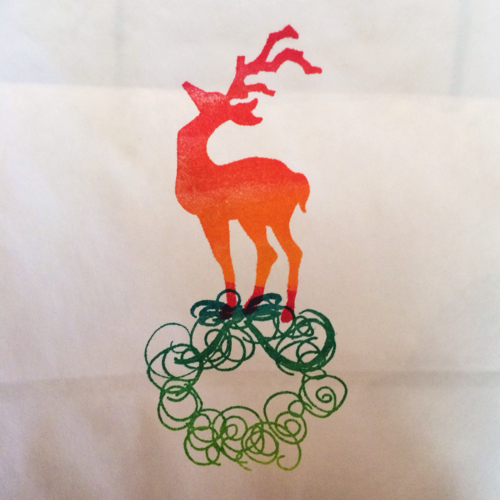Every July and August since 1957, opera lovers have been drawn to the magnificent northern New Mexico mountains to enjoy productions by one of America’s premier summer opera festivals. Here, The Santa Fe Opera’s dramatic adobe theater blends harmoniously with the high desert landscape. It is this fusion of nature and art that leaves such an enduring impression on all who come. […]
The Santa Fe Opera has taken its place among the world’s leading opera festivals. Its mission is to advance the operatic art form by presenting ensemble performances of the highest quality in a unique setting with a varied repertoire of new, rarely performed, and standard works; to ensure the excellence of opera’s future through apprentice programs for singers, technicians and arts administrators; and to foster and enrich an understanding and appreciation of opera among a diverse public. (The Santa Fe Opera)
The Santa Fe Opera has a wide array of education and community outreach programs to make opera accessible and appealing to a broad spectrum of the New Mexico population and visitors. It also offers apprenticeship opportunities to teach aspiring opera performers, technicians and arts administrators the craft.
Of course, it excels at its main function — the opera presents some wonderful productions! Visit their website to learn about upcoming performances and to obtain tickets.
The Crosby Theatre

Santa Fe Opera Open Air Theatre (Credit: Wikipedia)
The Santa Fe Opera performances are held in the beautiful Crosby Theatre.
The striking, state-of-the-art, open-air theater has won several important design awards and is widely recognized for blending contemporary design aesthetics with traditional building materials. It commands a panorama of breathtaking scenery, with the Jemez Mountains to the west and the Sangre de Cristo Mountains to the east. […] The “shape of the sound” inspired the roof concept. Its curves directly follow the acoustic reflections of sound from the stage to the audience. (The Santa Fe Opera)
Wherever you enjoy a show in the theatre, every seat or standing position offers an Opera Titles screen—a digital computer screen on which instantaneous translations in English and Spanish are broadcast to provide a richer experience for those who may not understand the language of the performance they are viewing.
Learn more and see performance schedules on The Santa Fe Opera’s website: www.santafeopera.org. The opera is located at 301 Opera Drive, Santa Fe, NM 87506-2823. Find it on the map below.















